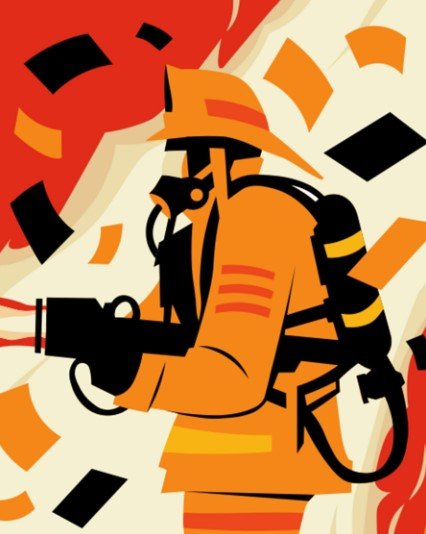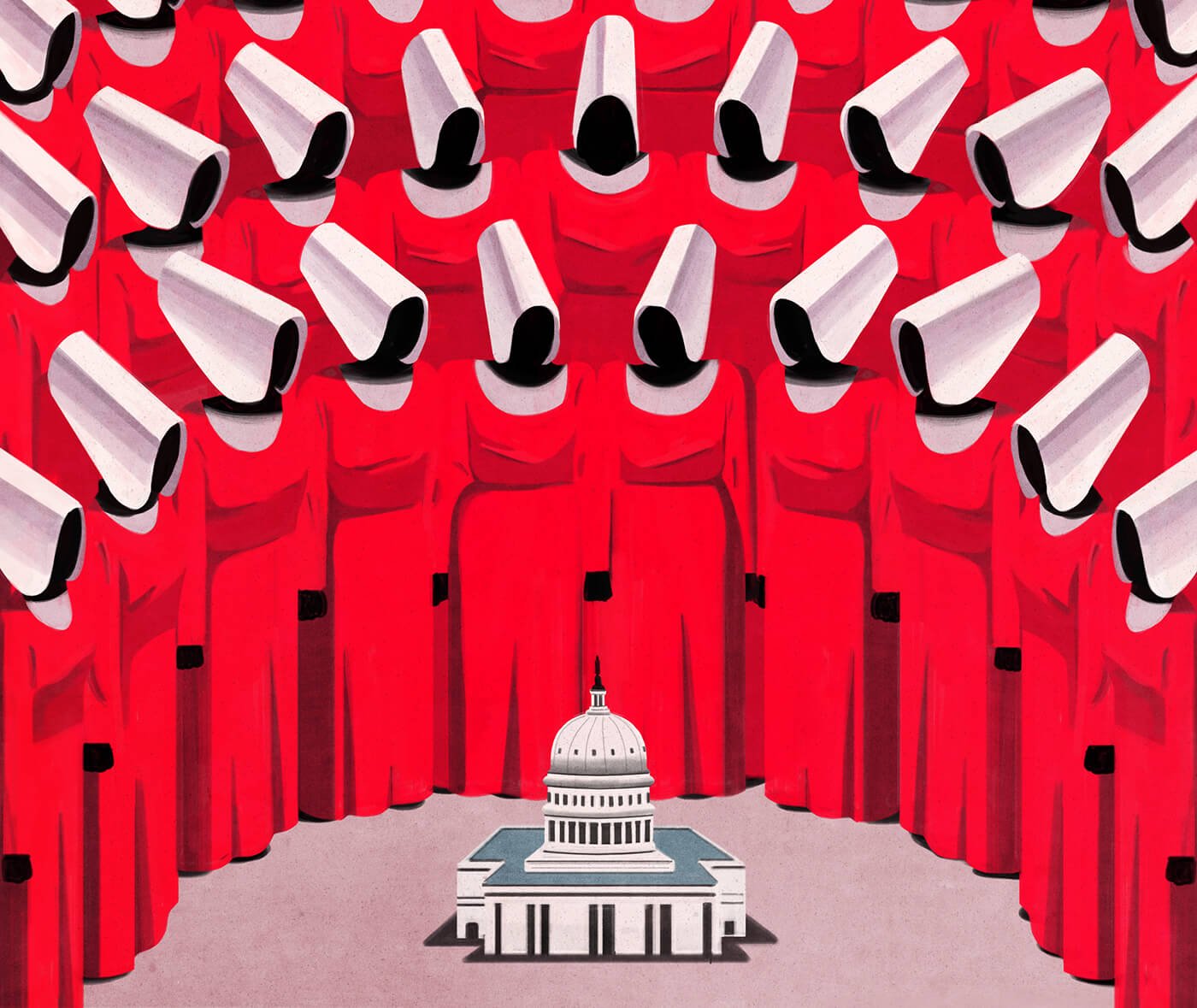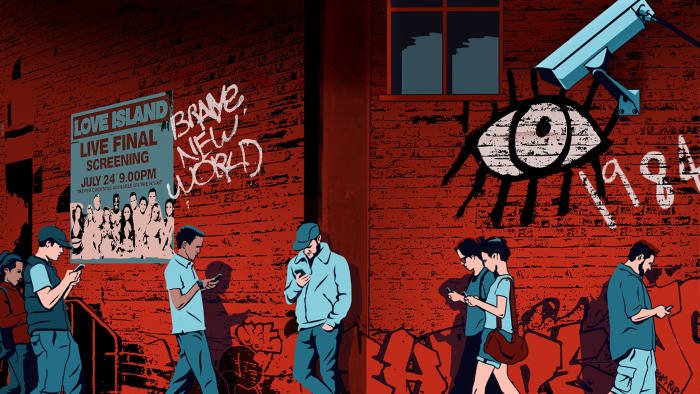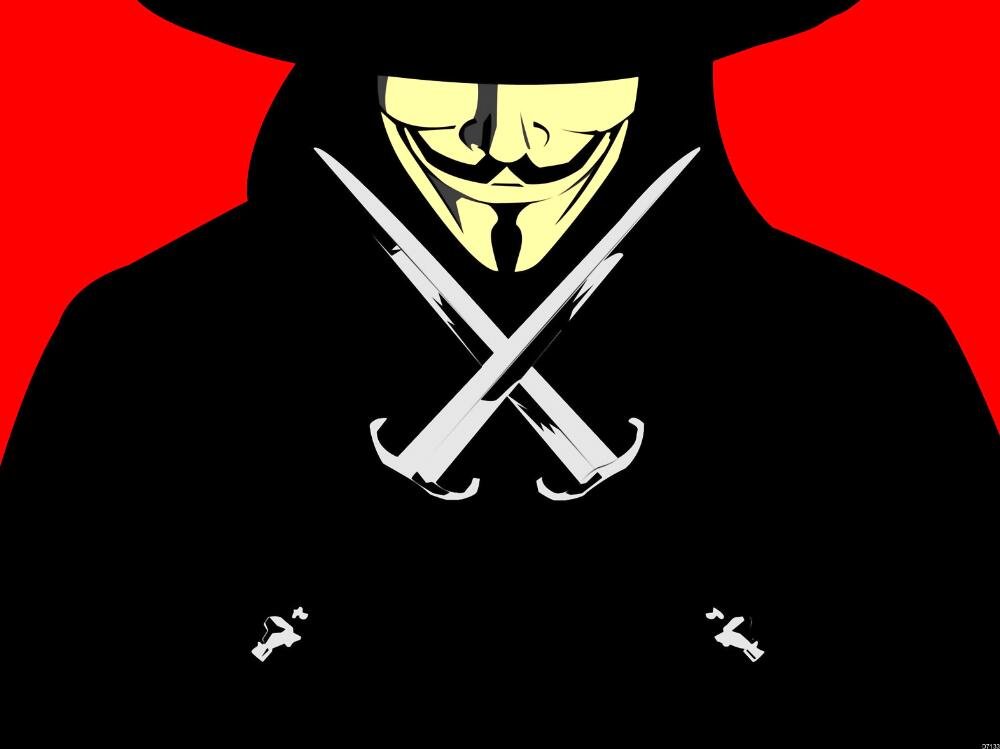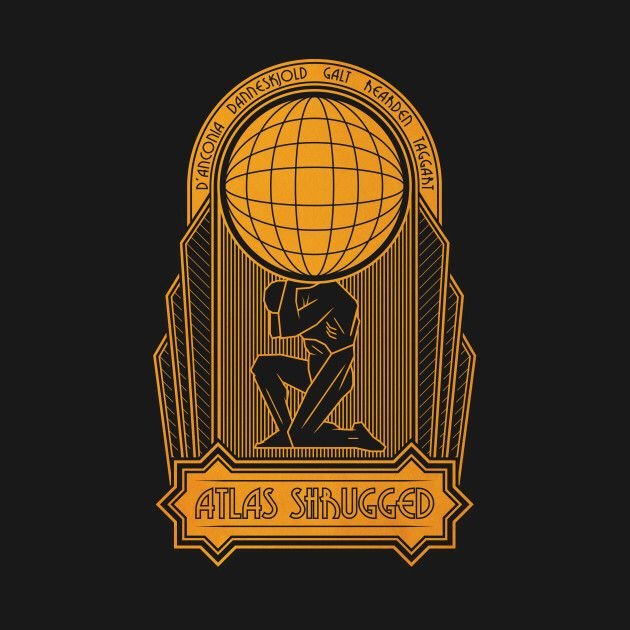WHAT IS A Dystopian Country?
Dystopias are often characterized by rampant fear, distress, tyrannical governments, environmental disaster, economic blunder and other characteristics associated with a cataclysmic decline in society that has resulted from a promise for societal perfection.
Are there any countries that are a dystopian society?
As much as we’d like to believe in the fictional nature of Dystopias, by the definition above, they are very real and have been found throughout history as countries and societies*. So, to answer the question if there are there any countries under the Dystopian Society characteristics, yes. From the modern-day North Korea to the former Nazi Germany, read below to learn about real-life dystopias:
-
The former President of Zimbabwe and socialist Rober Mugabe was responsible for the murder of nearly 50,000 Zimbabweans and that is not including the imprisonments and tortures of his own citizens.
Mugabe created both class and racial division with his radically Marxist policies, stating that the murdering of white farmers “would not be prosecuted.” In other words, race murders would be sanctioned.
Lastly, from January 1983, a campaign of terror was waged against the Ndebele people in Matabeleland in western Zimbabwe in what is known as the Gukurahundi massacres. More than 20,000 civilians were killed by Robert Mugabe’s feared Fifth Brigade in pursuit of specific, strategic political objectives to remove all political opposition.
-
For a short time Venezuela was propped up as a socialistic utopia in 2013 under Hugo Chavez. Now, the country is in clear economic plunder as over 4 million have fled the collectivist country.
Riots, starvation, political instability, hyperinflation, and malnutrition are but a few of the ailments plaguing the country and the worst might still be yet to come for this socialistic dystopia.
-
The socialist, totalitarian policies of this country have catapulted China into one of the most powerful communist powers the world has ever seen.
The leading authority on socialism- and communism-related deaths, the Black Book of Communismestimates roughly 65 million Chinese died by execution, conditions of imprisonment, or famine as a result of Mao’s merciless attempts to create a new Utopian China.
Destabilization was the entire blueprint of Mao Zedong when he launched the Chinese Cultural Revolution in the 1960s, shutting down the nation’s schools in order to mobilize the nation’s youth to attack leaders Mao thought were a threat to him and his vision of Communism. In the months that followed, the movement escalated quickly as the Chinese youth formed paramilitary groups called the Red Guards that quickly created a personality cult around Mao Zedong, urging the population to rid itself of the “Four Olds”: old customs, old culture, old habits, and old ideas.
This destruction of the old culture made way for a new one and was done simply by destabilizing the identity of the youth and creating a cult-like chasm between the young and elderly.
Today, China is the world’s second most leading country involved in human trafficking and continues its totalitarian dystopian reign by its blatant detainment and persecution of the Uighurs, a Muslim minority group within the Xinjiang region.
-
Nothing is more dystopian than the Islamic Republic of Iran’s Morality Police. The country of Iran has had various forms of "morality police" since the Islamic Revolution in 1979. As the current acting arm, the Gasht-e Ershad is the main agency tasked with enforcing the public conduct of Iran's Islamic code through ensuring strict observance of the hijab—mandatory rules requiring women to cover their hair and bodies and discouraging cosmetics.
Recent events of the radical religious enforcement led to the brutal death of Mahsa Amini, a 22-year-old Iranian woman, while in the Morality Police’s custody after being detained for purportedly wearing a hijab too loosely. This and other human rights violations by the country of Iran has led to the violent suppression of peaceful protests against the systemic suppression of women.
-
It is likely that 40-70 million people have been killed, imprisoned, or exiled by the Communist Party in the former Soviet Union within the twentieth century, doubling and dwarfing the numbers from Adolf Hitler’s Third Reich.
One of the most tragic dystopian events was that of Holodomor in the Great Famine of 1932-1933. Nearly 5 million were killed by a government-created and sanctioned famine in Ukraine, Siberia, and Kazakhstan that sought to punish anyone throughout the Soviet Union who refused to comply with the Soviet’s plan to collectivize farmland.
-
Although there have been estimates of 1 to 2 million since 1948, no one knows the exact number of people killed, tortured, or imprisoned* under the North Korean dictatorship.
Per capita, North Korea has the most modern-day slaves as roughly 10.5% of its population is being forced into labor exploitation, marriage, sexual exploitation, and state-imposed labor. In order to retain control over the North Korean populace, the government has also implemented severe restrictions over basic liberties such as travel and has some of the strictest state-run media and news outlets in the world that reinforces the power of the dictator Kim Jong-un and his military leaders.
*See Jordan Harbinger’s interview with Yeonmi Park
-
As the twentieth centuries most infamous dystopias and socialistic country, Hitler’s Third Reich is estimated to have killed anywhere between 15 and 20 million Jews all under the pursuit of perfection and control of one class and race over another.
Not only did the segregation of the Jewish people into the ghettos allow for this atrocity to occur, but the Weimar Republic’s well-intentioned gun control policies were utilized by the Nazis to identify, disarm, attack, and imprison and kill political opponents as well as Jews.
* This is by no means a comprehensive list and is just a compilation of governments. Cults and radically religious sects fall under the definition of Dystopias but are not included due to their micro nature, relatively speaking. This is not to diminish the severity and tragedy of these oppressive organizations, but again are not included as they do not affect large populations on the geopolitical sphere.
Kawika Miles is an American dystopian author who indulges in conversations of faith, family, and freedom. As a long time patriot, Kawika understands that only liberty minded individuals can save the future from the dystopian nightmare it is tumbling down, protecting the sanctity of life and individual independence. Read his debut novel Saga of the Nine: Origins today!


